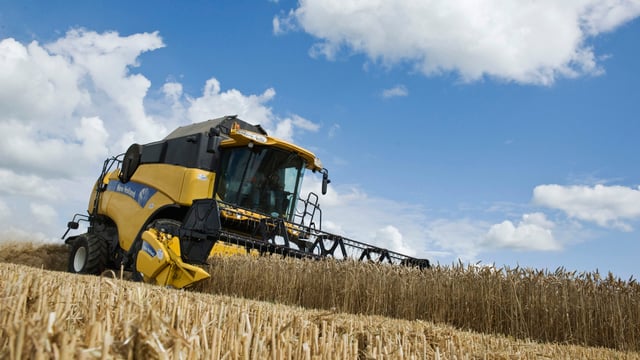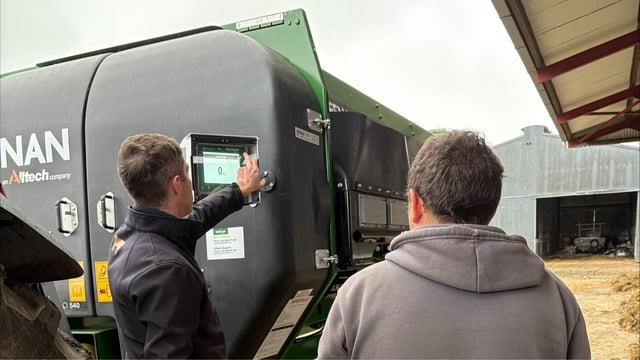Managing lambs in the peak lambing week
Traditionally, St Patrick’s week is the peak time for lambing and Teagasc recently reported that ewes have scanned well this year with the result that litter size is up within most flocks.
It says that increased litter sizes have been helped by a relatively mild winter and extra grass growth in the autumn.
Shane McHugh of Teagasc says that attention must now turn to reaping the rewards from these higher scanning results by minimising the losses of ewes and lambs pre and post lambing.
“Most deaths of adult ewes and newborn lambs will occur at lambing or in the first week post lambing. These losses are costly and the aim should be to keep these deaths to a minimum.
“Higher litter sizes will result in higher mortality levels but with good management during and after lambing, it can be kept to acceptable levels,” he says.
The management of newborn lambs up to one week of age is crucial in minimising losses, McHugh says. Here are five ways to minimise lambing losses;
The management of ewes at lambing is also important;
- Feeding of the ewes around lambing should be maintained at constant levels as sudden changes in the diet can cause ewes to go off their feed and reduce milk yield post lambing.
- Clean fresh water is important to the ewe post lambing.
- Ewes suckling lambs that are remaining indoors for more than a week will need concentrate levels increased as their feed requirements increase quickly after lambing.
- Ewes rearing twins in good body condition on quality (70 dry matter digestibility (DMD)) silage will require 1.2kg of 18% crude protein ration. This should be fed for up to four weeks.
- As the ewe has reached peaked lactation at this stage ration quantity can be reduced gradually.
“The aim for mid-season lambing flocks should be to get ewes and lambs turned out to grass as soon as possible after lambing providing weather is suitable. Ewes and lambs should be allowed adequate time to bond prior to turnout.
“Lambs should be well filled with milk and be healthy. It is advisable to have tail rings and castration completed the night prior to lambs being put to grass. This will ensure lambs are lively and will avoid mismothering.
“Ewes should be fed concentrate prior to turn out to grass. Ideally ewes and lambs should be moved outdoors in the morning and checked throughout the day,” Teagasc says.





